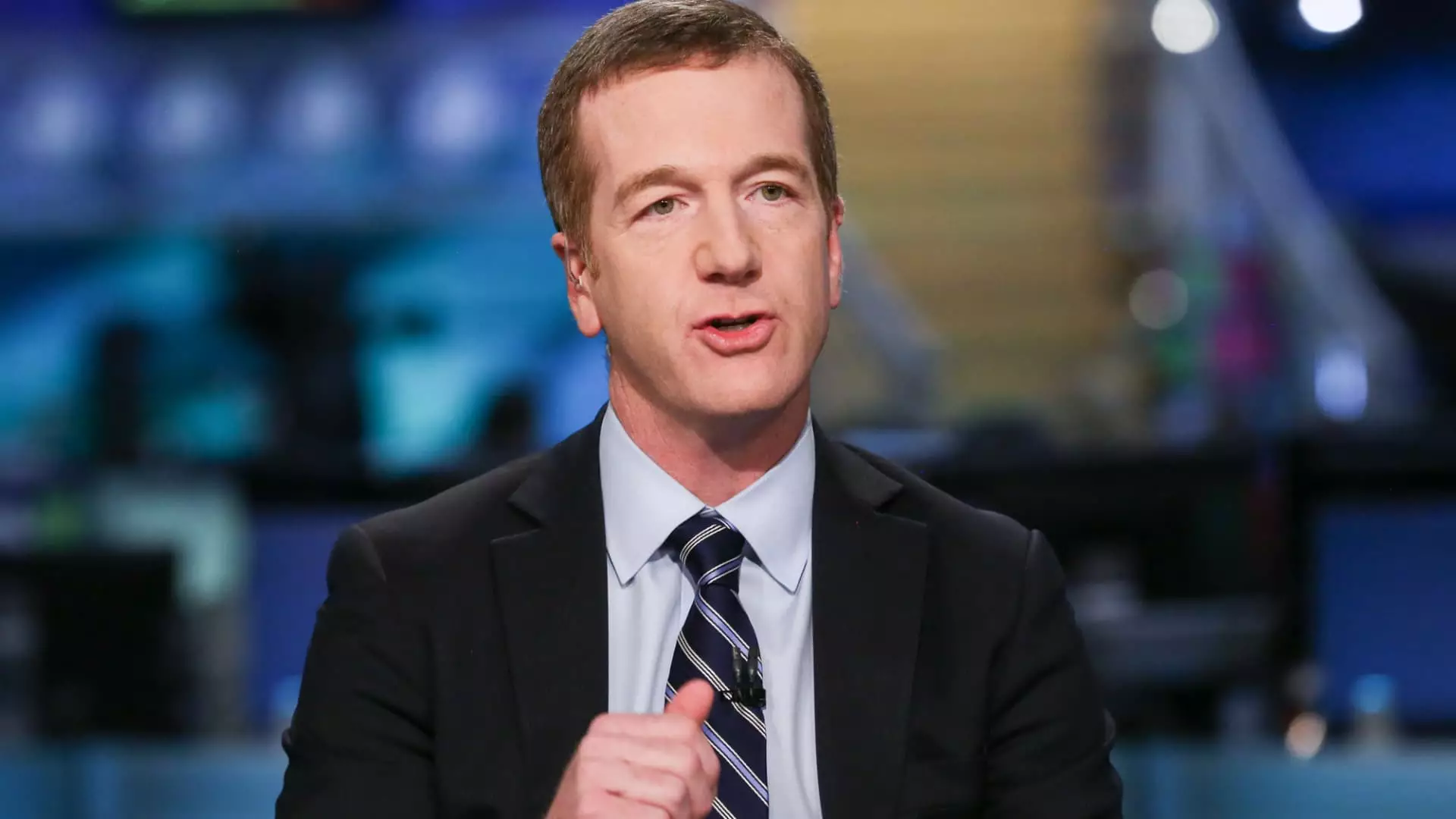In today’s economic climate, the stock market is fraught with uncertainty due to fluctuating tariff policies and inflation concerns. It is essential for investors to remain vigilant, as recent commentary from Morgan Stanley’s chief investment officer, Mike Wilson, emphasizes that the familiar safety nets provided by the Federal Reserve and fiscal stimulus are missing. This scenario is akin to navigating treacherous waters without a life raft. Investors looking to capitalize on market dips must approach such strategies with caution, keeping in mind that the promise of imminent recovery could prove to be a mirage.
Investing in a Sea of Doubt
Wilson’s call to buy into weakness reflects an age-old trading strategy, but it must be noted that timing is critical in these volatile conditions. The suggestion to wait for the S&P 500 to hover around the 5,480 mark may appear reasonable, yet it also assumes that investors are equipped with the foresight to precisely gauge market rhythms. The truth is, acting on market sentiment can lead to reckless decisions as emotional biases often cloud judgment. Additionally, Wilson’s depiction of a “very tricky” trading environment highlights the inherent challenges. Investors must not only fend off the habit of panic selling but also resist the temptation to chase after fleeting market highs that could evaporate as quickly as they arise.
Parsing Through Market Signals: Opportunities or Traps?
While Wilson expresses optimism on an individual stock basis, caution is advised. The mention of many stocks being “very, very cheap” can lull investors into a false sense of security. In a landscape where financial metrics can easily be manipulated, deeper analysis is crucial. Simply finding cheap stocks is not enough; one must assess the underlying fundamentals, industry trends, and future growth prospects of these companies. Blindly diving into seemingly undervalued stocks could result in substantial losses if the broader market continues to sway under external pressures.
The Charade of Market Timing
There is a pervasive belief that investors can time the market, exploiting short-term fluctuations for profit. However, this is often more smoke and mirrors than a robust investment strategy. With the market driven by psychological triggers and geopolitical tension, waiting for clear signals can lead to paralysis by analysis. Hence, a diversified long-term investment approach might be the wiser strategy. Embracing dollar-cost averaging and sound research will likely yield more favorable results than trying to ride the temporary waves of market hysteria.
Industry Events: Networking or Nurturing FOMO?
The recent promotional push for CNBC’s Pro LIVE event at the New York Stock Exchange illustrates how investors are often drawn into experiences that promise exclusive access to insights. While networking and gaining knowledge is undeniably valuable, one cannot overlook the subtlety of FOMO—fear of missing out. This phenomenon often compels investors to act hastily, potentially leading to poor financial decisions rooted in emotional impulse rather than rational analysis. The allure of influence from financial experts may lead to a failure to trust one’s instincts and unique understanding of the market.
Investors should take a step back to assess their own convictions amidst the tumult of the financial landscape. In a world where uncertainty reigns, establishing a well-grounded strategy can safeguard against emotional pitfalls and help navigate the evolving complexities of the market.



Leave a Reply